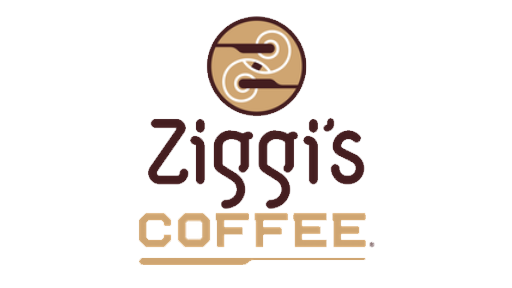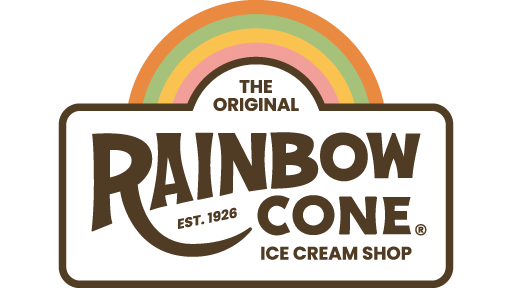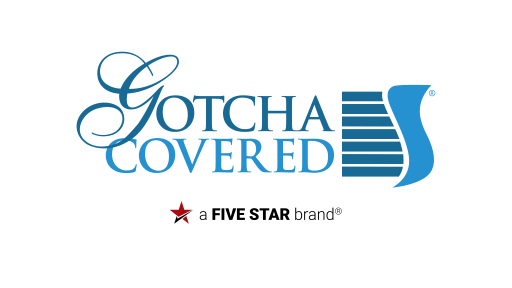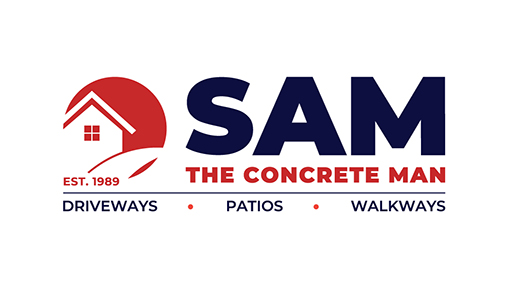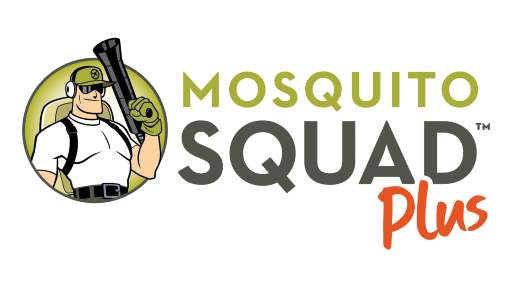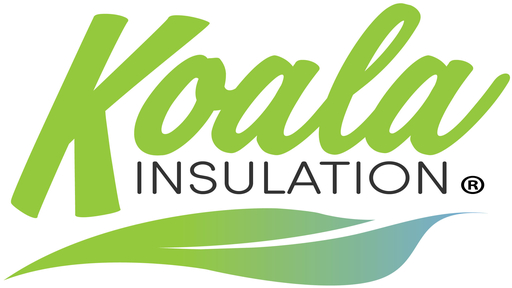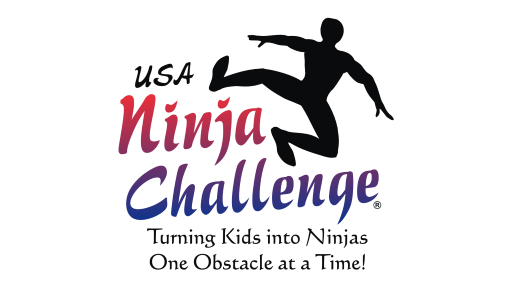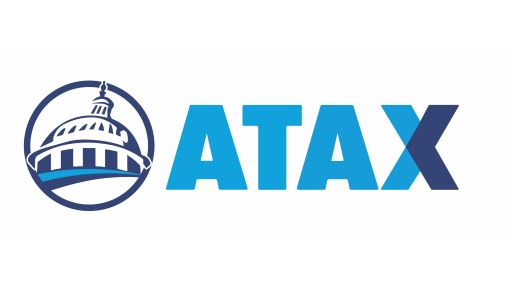SUBWAY Franchise
Subway offers huge name recognition for a comparatively low franchise fee. The well-known brand has restaurants in every state and more around the world.
$15,000
$15,000
19,502
1968
Milford,CT
Trevor Haynes
About SUBWAY
Subway has restaurants in every state and in varied U.S. territories. In fact, the location count worldwide is more than 40,000, and there are more than 24,000 units in the United States. Subway’s customers are primarily ages 16 to 50, and the chain has made a name for itself as a place where diners can enjoy healthful offerings that include vegetables and grains.
Traditional locations serve full menus, and many have drive-through lanes. Nontraditional locations include gasoline stations, rest stops, airports, national parks, theme parks, universities and military bases. They may have limited hours, menus and dining options.
Subway's menu consists mainly of custom-built sandwiches on daily baked breads using fresh ingredients. The restaurants also have a breakfast menu which is required for all traditional restaurants. So is the basic catering program, which offers sandwich platters, giant subs, cookie platters and other items. The expanded catering menu is optional and includes meat, cheese and dessert platters.
Franchise Unit Trends & Revenue
19,502
435
$519,725
* in 2024
Franchise Fees
$15,000
Veteran's Fee: $7,500
8.0%
Gross Sales
4.5%
Gross Sales
Why Choose SUBWAY?
Subway is an attractive option for many franchisees. With a relatively low franchise fee and total investment, you can get in on a chain with huge national and international recognition. Moreover, Subway welcomes various types of franchise owners, from individual owners to owners who already have many business units, whether they are Subway shops or other franchises. Some Subway franchise owners even own more than 50 Subway locations. So, if you want a franchise you can grow with, Subway has experience with scalability. It’s also possible to buy an existing franchise location.
Additionally, you can can site your restaurant in nontraditional locations or go for something solidly traditional that may cost more but that would ideally earn more money. The company is redesigning many restaurants, staying on top of technology and increasing advertising spend. A two-week training program and other means of support can help inexperienced owners get up to speed.
Starting Costs & Investment Requirements
$140,050 - $342,400
-
$15,000
Training & Support
Training includes an initial two-week training course and extensive ongoing support.
History
Nuclear physicist Dr. Peter Buck and college freshman Fred DeLuca opened a submarine shop in 1960s Bridgeport, Connecticut. They were family friends. DeLuca hoped to use the store’s profits to pay for college. For Buck, it was a business investment, and he invested $1,000 initially. They operated by three core principles: excellent customer service, high-quality menu items at affordable prices, and low operating costs with a continued focus on improvement. The sandwiches were so popular that Buck and DeLuca owned 14 Connecticut Subways by 1974 and began franchising.
Today, Subway is the largest sub shop chain in the world. It offers quick, nutritious meals, and its focus on healthful, fresh living helps it stand out among burger-and-fries chains.
Ideal Candidate
Subway keeps an open mind when considering potential franchisees. As long as you are entrepreneurial, disciplined and a confident leader, it may be a great option for your future.
This web page is not endorsed by or affiliated with any franchisor. Product and company names are trademarks of their owners and are used for referential purposes only.




